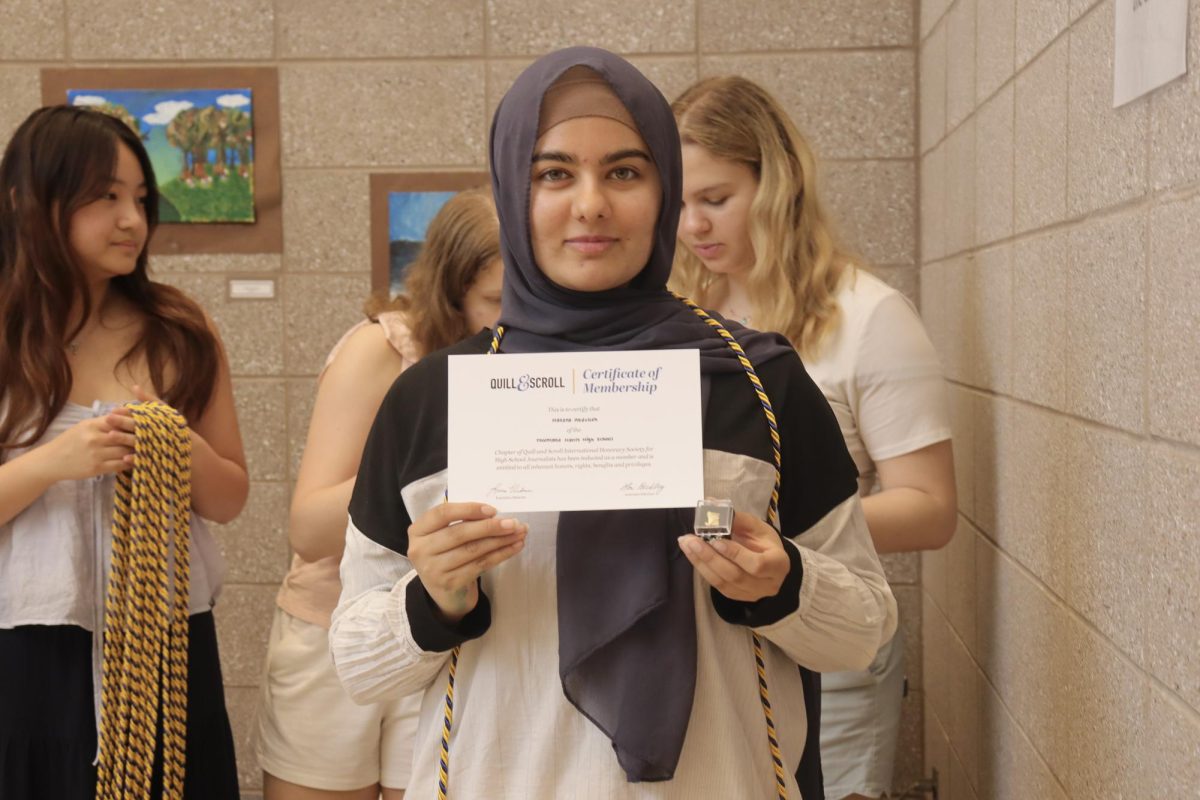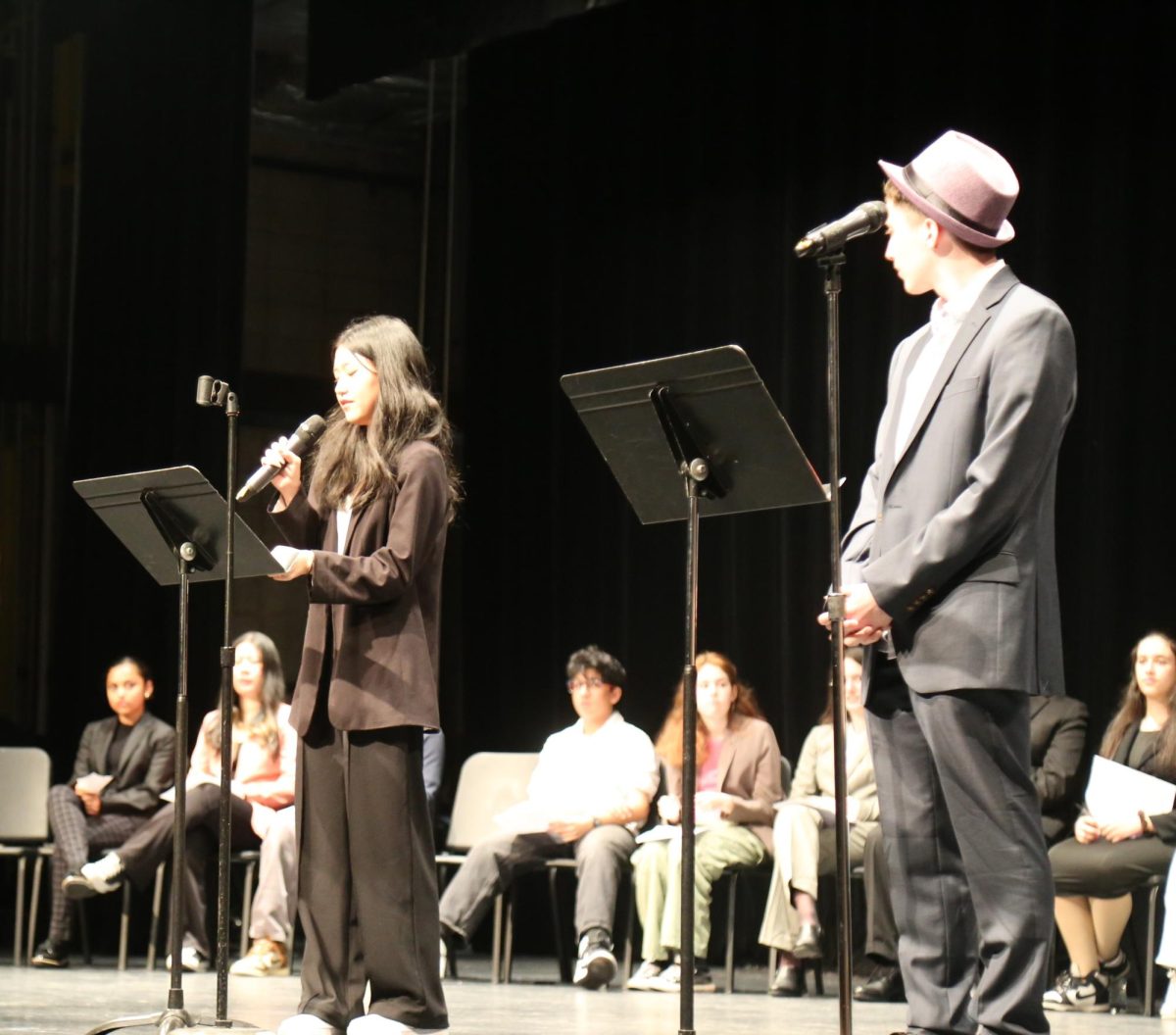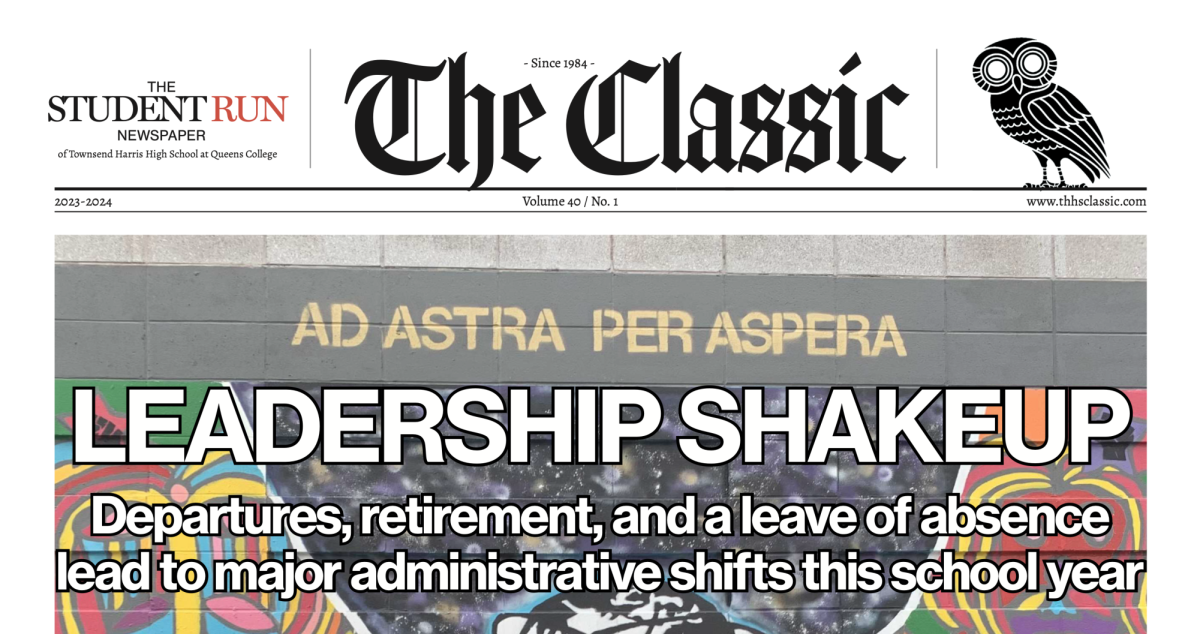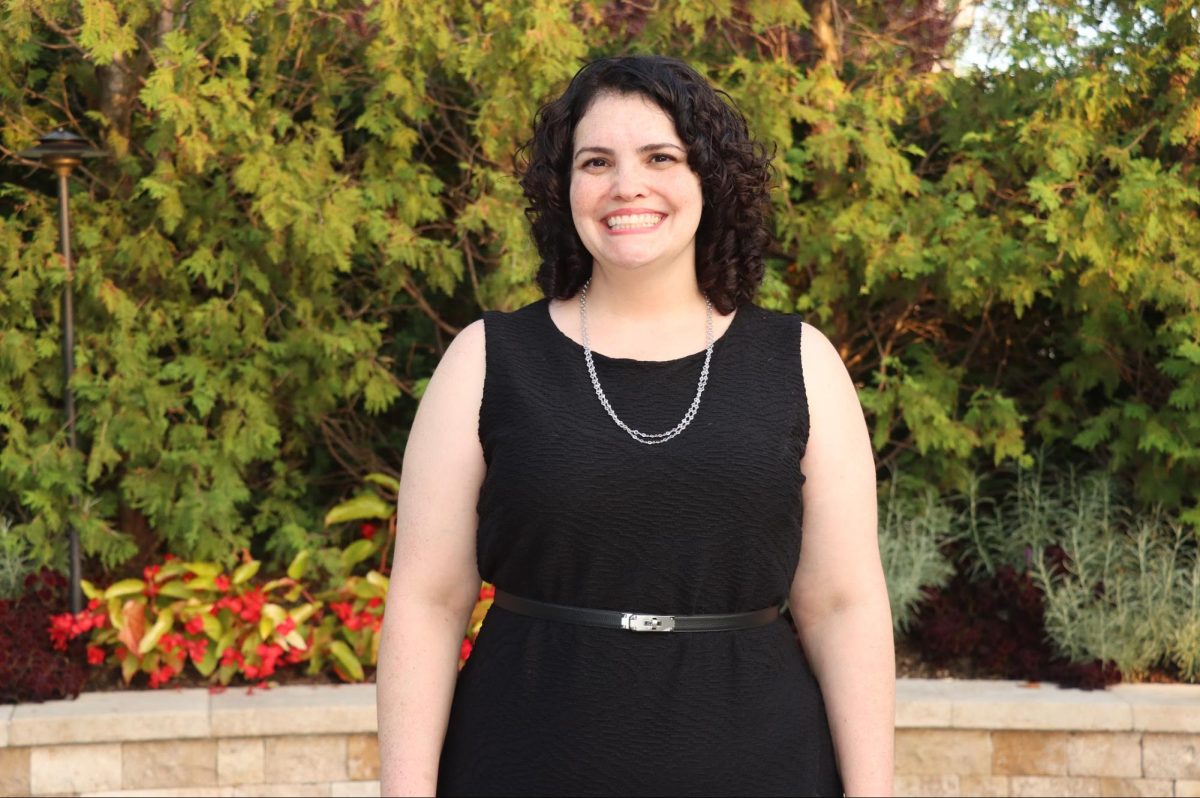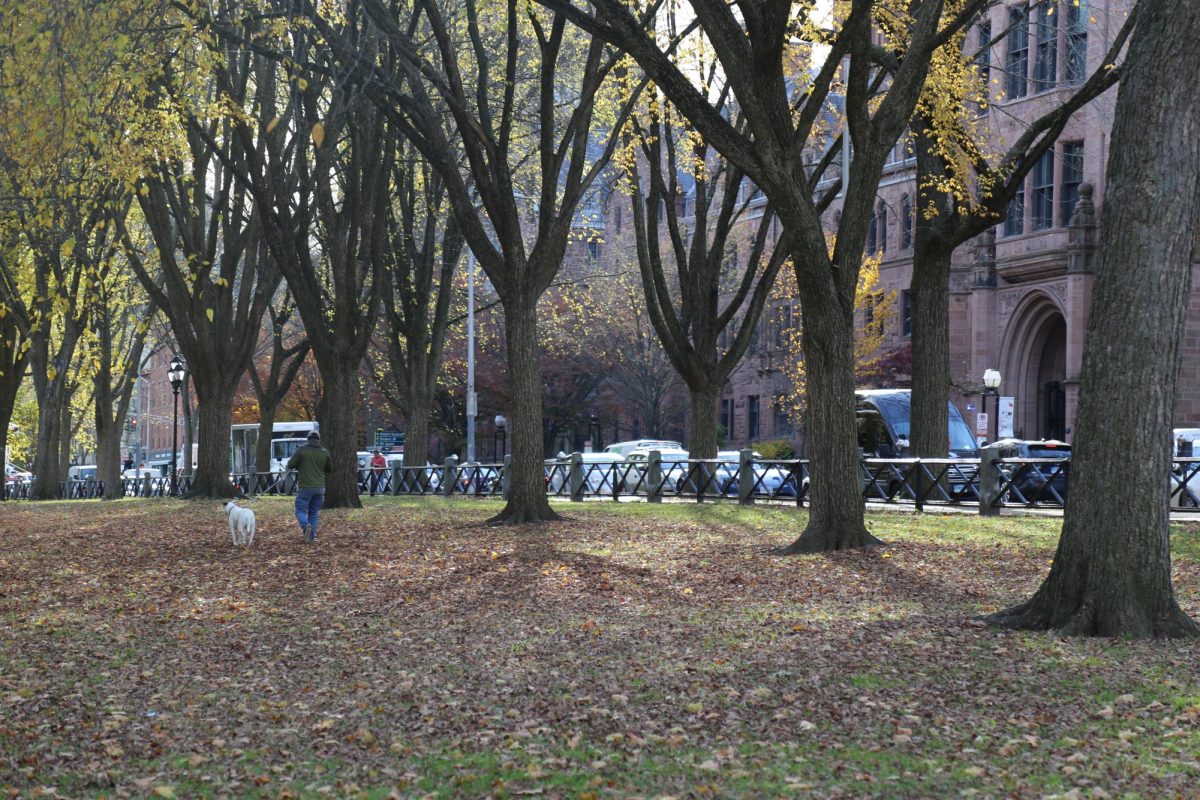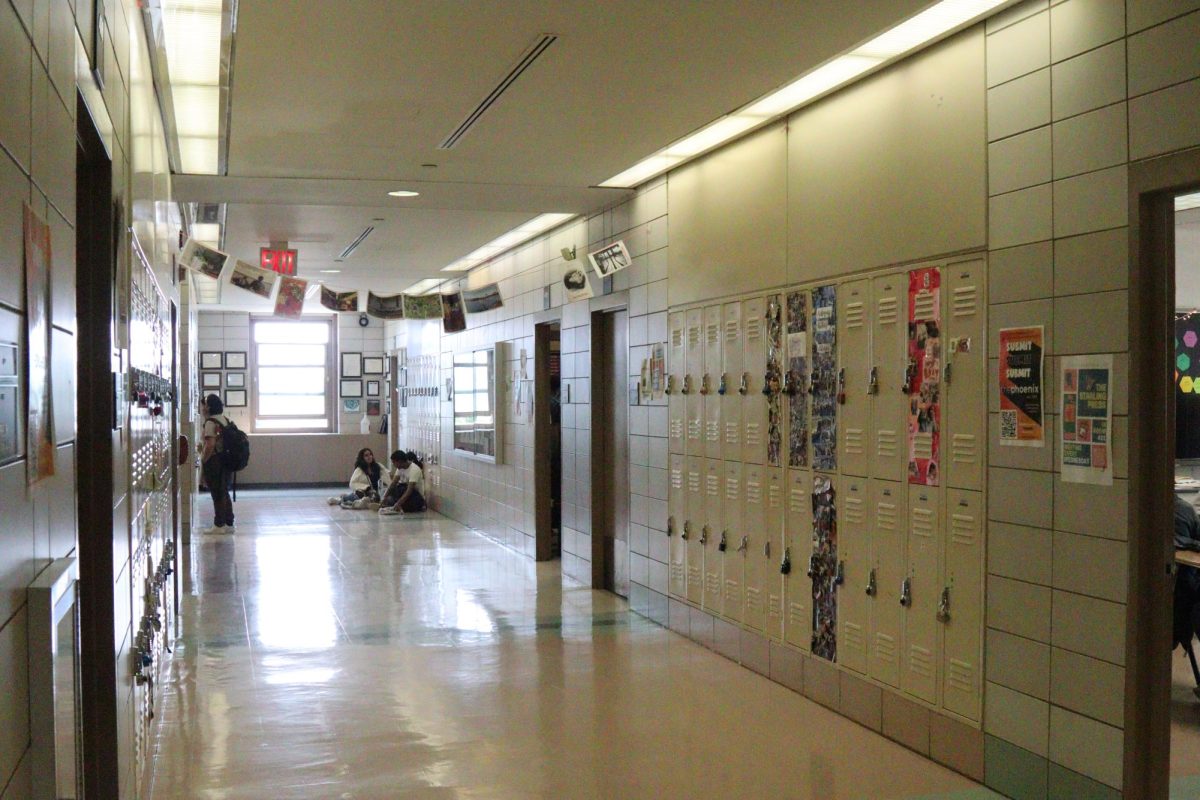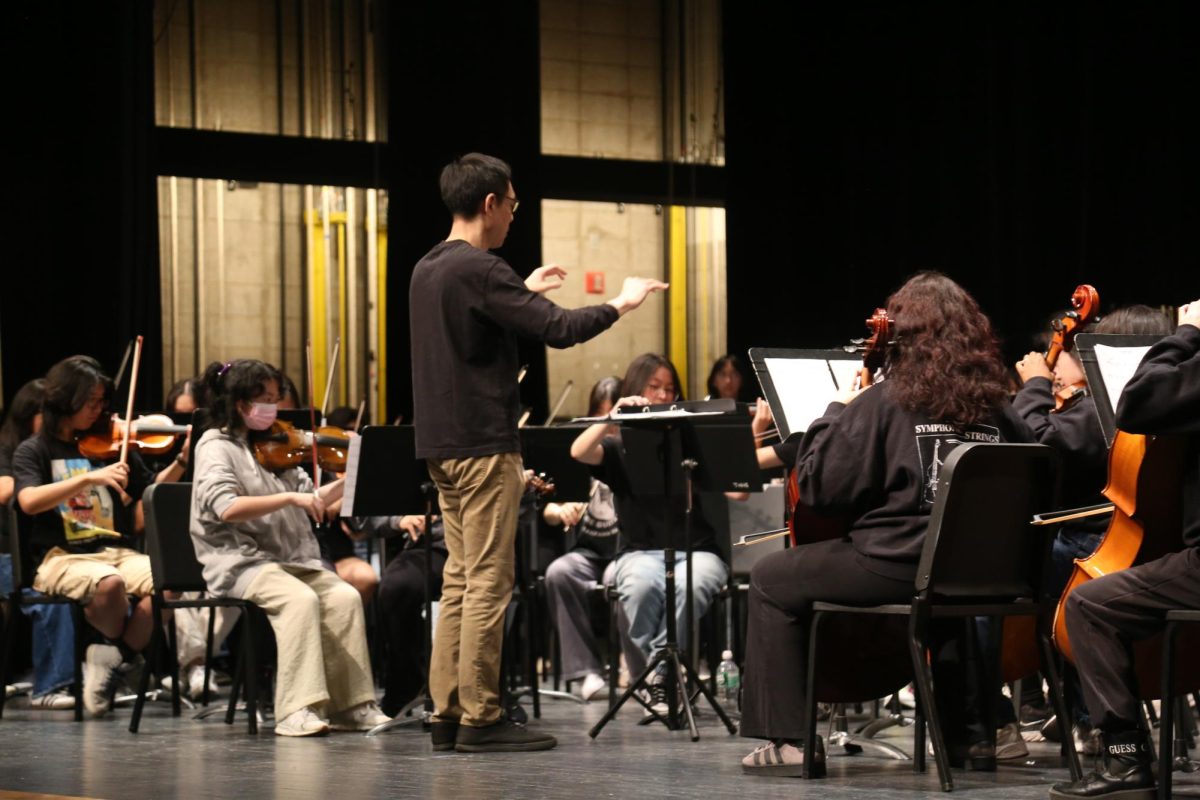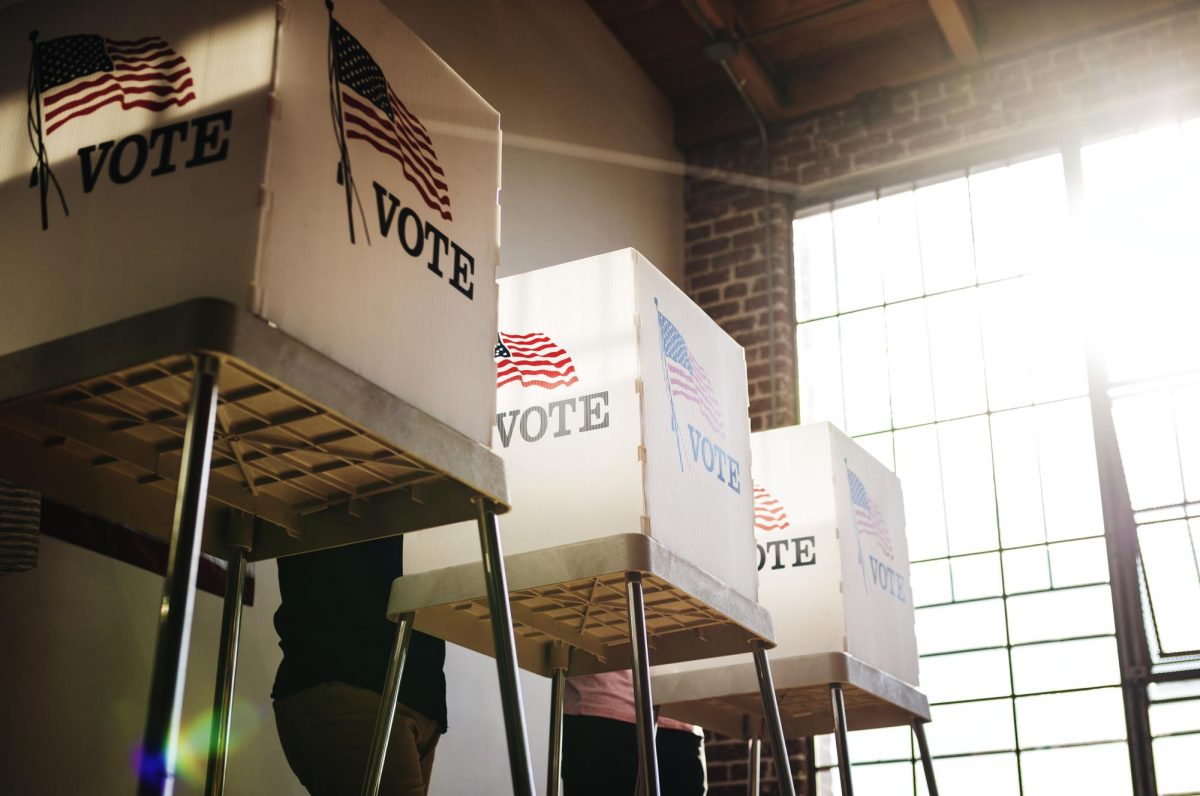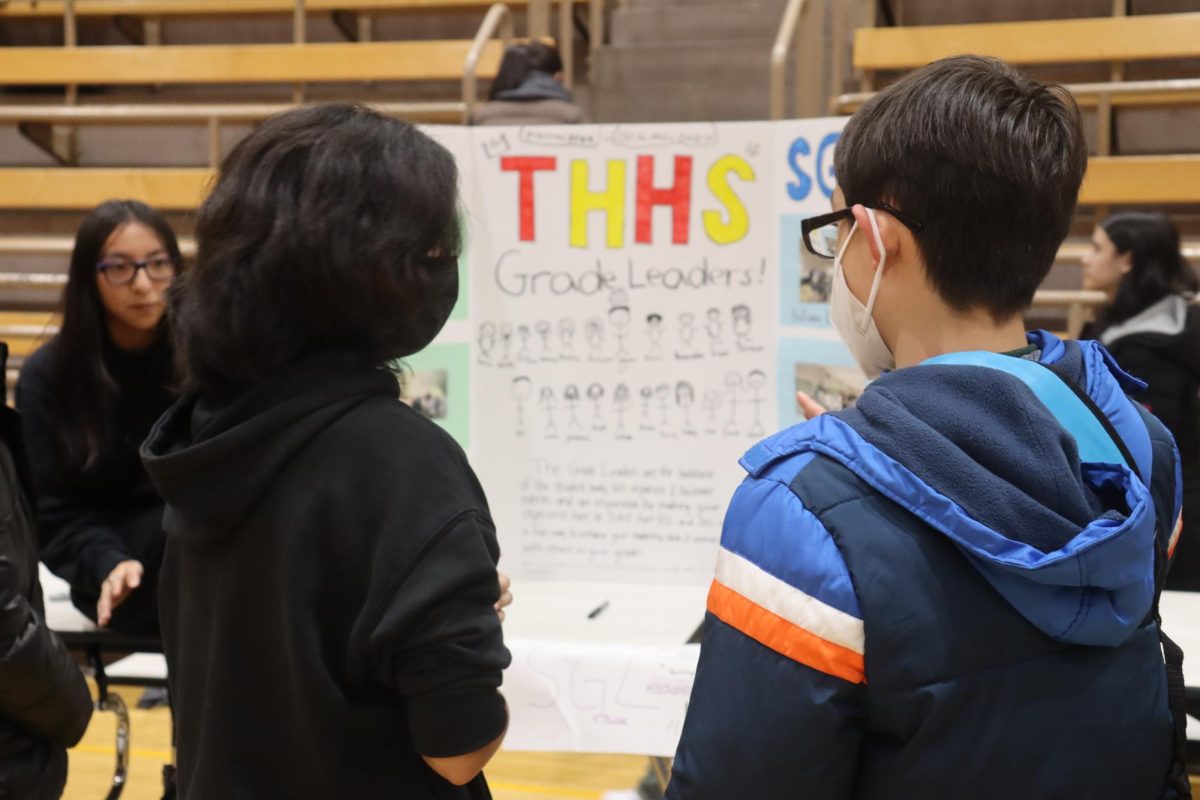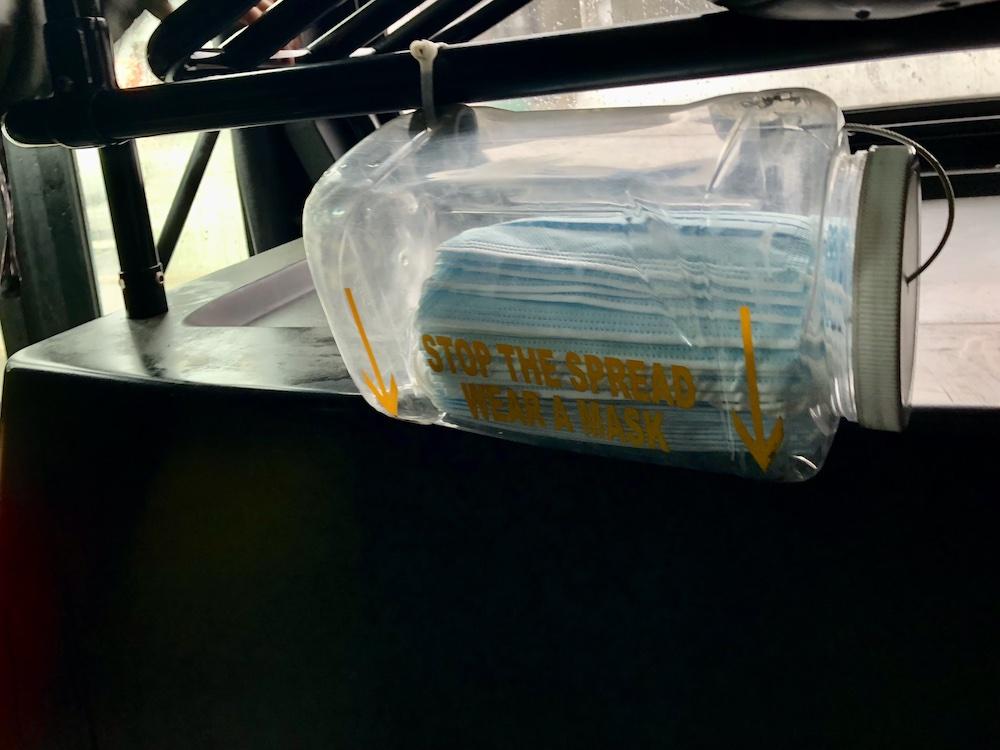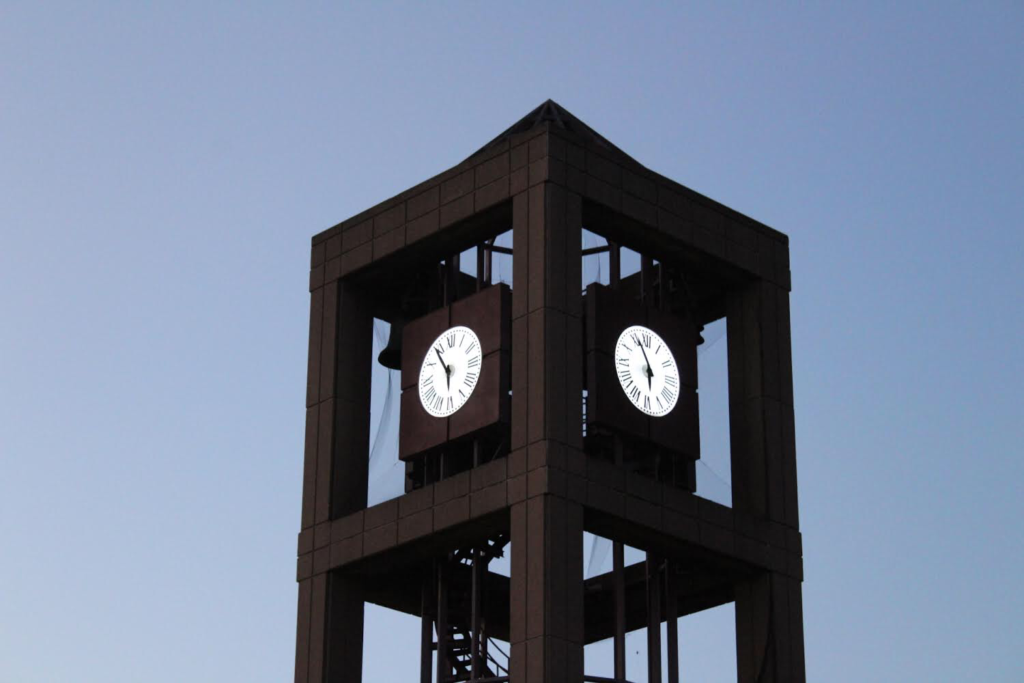
On Tuesday, city health officials issued a high COVID alert in New York City as rising cases start to put a strain on the health care system. For students across the school district, this is the first city-wide surge of the virus since the mask mandate was lifted in early March for public schools, a milestone in the city’s efforts to return to normalcy. In Townsend Harris, many students have been cautious about rolling back safety precautions; the school experienced an outbreak in early April after the senior trip and reports of the new COVID surge has heightened safety anxieties.
In light of this pivotal time in the pandemic, it has become crucial to look back at old precautions and determine whether they are still necessary. The Classic consulted several health experts to delve into the efficacy of COVID safety measures and ask for their professional mask recommendations.
(Suggested reading: Reexamining COVID-19 safety guidelines after DOE lifts mask mandate)
Why should we lift up our masks?
In a letter to families this Tuesday, Health Commissioner Dr. Ashwin Vasan and Schools Chancellor David Banks urged students and staff to wear a mask indoors in light of the COVID alert level change. “We recommend that everyone age 2 and older wear a well-fitting mask in all public indoor settings, including at school and early childhood education (ECE) programs, even if not required,” the letter read. Though the city does not intend to reinstate the mask mandate, this latest health advisory puts into perspective the role masks fulfill in curbing the progress of a public health crisis as the city persists in its pandemic recovery campaign.
Given the evolutionary nature of COVID-19, Professor and Chief of Infectious Disease at the University of Buffalo’s Jacob School of Medicine and Biological Sciences Dr. Thomas Russo said masks are necessary safeguards against the virus’ hiking infectiousness. “The delta variant was more infectious than the parent variant, omicron was more infections than delta, and omicron stealth is now much more infectious than omicron,” Dr. Russo said. “Because the virus has become more infectious, the need has increased for higher-quality masks.”
Associate Professor of Environmental Health and Engineering at the Johns Hopkins Bloomberg School of Public Health Dr. Kirsten Koehler first emphasized masks’ overall importance in slowing the infection rate of the virus as to not overwhelm the healthcare system, an integral pandemic strategy commonly referred to as flattening the curve.
Masks, Dr. Koehler explained, help minimize the amount of virulent particles a person inhales. For those who are uninfected, different masks offer varying levels of protection if exposed to an infectious person. This becomes especially important during upticks in case counts. “Many types of masks are quite effective at removing the relatively large particles exhaled by an infectious person, which can reduce the concentrations of COVID-19 viral particles in the air,” she said. In indoor areas with a lot of people, such as classrooms, Dr. Koehler recommended for mask use to be in effect especially at a time of high infection rates.
Meanwhile, Dr. Russo noted that being inoculated against COVID-19 offers levels of immunity to a diverse student population, something that most masks cannot account for. He said that “it is the number one priority” of school faculty and students alike to achieve near-universal rates of vaccination and ideally obtain booster immunizations as well. In addition to baseline immunity, Dr. Joe Thompson, president and CEO of the Arkansas Center for Health Improvement, advocated for “good hand hygiene, social distancing, and optimal ventilation.”
Dr. Thompson stressed that there is a strong likelihood that another COVID variant could emerge that is more contagious and virulent than the former should transmission rates increase due to a lack of masking. This, in turn, would hamper the effectiveness of existing immunization and ventilation measures. This is why vaccines, boosters, masks, and improved ventilation should be a part of a multilayer preventive protocol that work in conjunction with one-another. Masks, as a result, will always be critical during any stage of the pandemic, especially given the current rise in cases.
The COVID Mask Tier List
Given that masks will be worn for six to ten hours a day in school, sometimes during rigorous physical activity, it’s important for students and staff to consider which mask options are best for them. As Dr. Russo emphasized, masks are “not one size fits all.”
Christopher Sulmonte, a project administrator for the Biocontainment Unit at Johns Hopkins University, identified three factors to be taken into consideration when selecting a mask that’s both practical and comfortable: The fit of the mask, its function and material, and the frequency of exposure to others. For many THHS students, since the frequency of interaction with other students is great, it is advised to wear high efficacy masks such as N95 or KN95. This narrows down the search to primarily high-grade, medically certified masks, with any variation mostly being attributed to accommodating an individual’s face shape.
B-Tier: Cloth Masks
For dense areas, Sulmonte said a “multilayered mask” is most ideal. It is for this reason that cloth masks are generally considered the least effective overall. They provide great flexibility and can be adjusted to comfortably fit a student’s face. Despite their potential appeal stylistically, cloth masks are usually made of cotton which are not as effective in preventing air particles that may contain the virus from being inhaled. Dr. Koehler reinforces that “cloth masks provide the lowest protection,” and consequently, as Dr. Thompson stated, the medical industry has undergone the “abandonment of cloth masks” entirely.
A-Tier: Surgical Masks
The surgical mask remains a reliable go-to for most masking situations. Typical surgical masks are mostly featureless, similar to cloth masks. They do, however, harbor one crucial advantage in the form of a rudimentary yet effective filtration system. Consequently, surgical masks, as put by Dr. Koehler, are guaranteed to “provide more protection” over any cloth face covering. Students must remember, though, that these masks are disposable and must be replaced on a daily basis to maintain their efficacy. This means that if the price is a factor in selecting masks, surgical masks can be more expensive in the long term compared to reusable and washable cloth masks.
SS-Tier: N95, KN95, KF94
Experts continue to endorse N95 and KN95 masks for most, if not all, circumstances. Dr. Russo explained these masks’ filtration mechanisms are much more advanced when compared to a surgical mask and thus prevent viral particles from leaking into the air at a 94 to 95 percent success rate.
Sulmonte mentioned that N95 masks are medical-grade and “one of the highest calibers of masks used in the healthcare setting.” Once again, if the price is a limiting consideration due to the disposable nature, there is also the KN95, the Chinese equivalent, or KF94, the Korean equivalent and a personal favorite of Dr. Russo. These masks are generally cheaper than N95 masks with identical efficiency.
Photo by Katherine Lian


